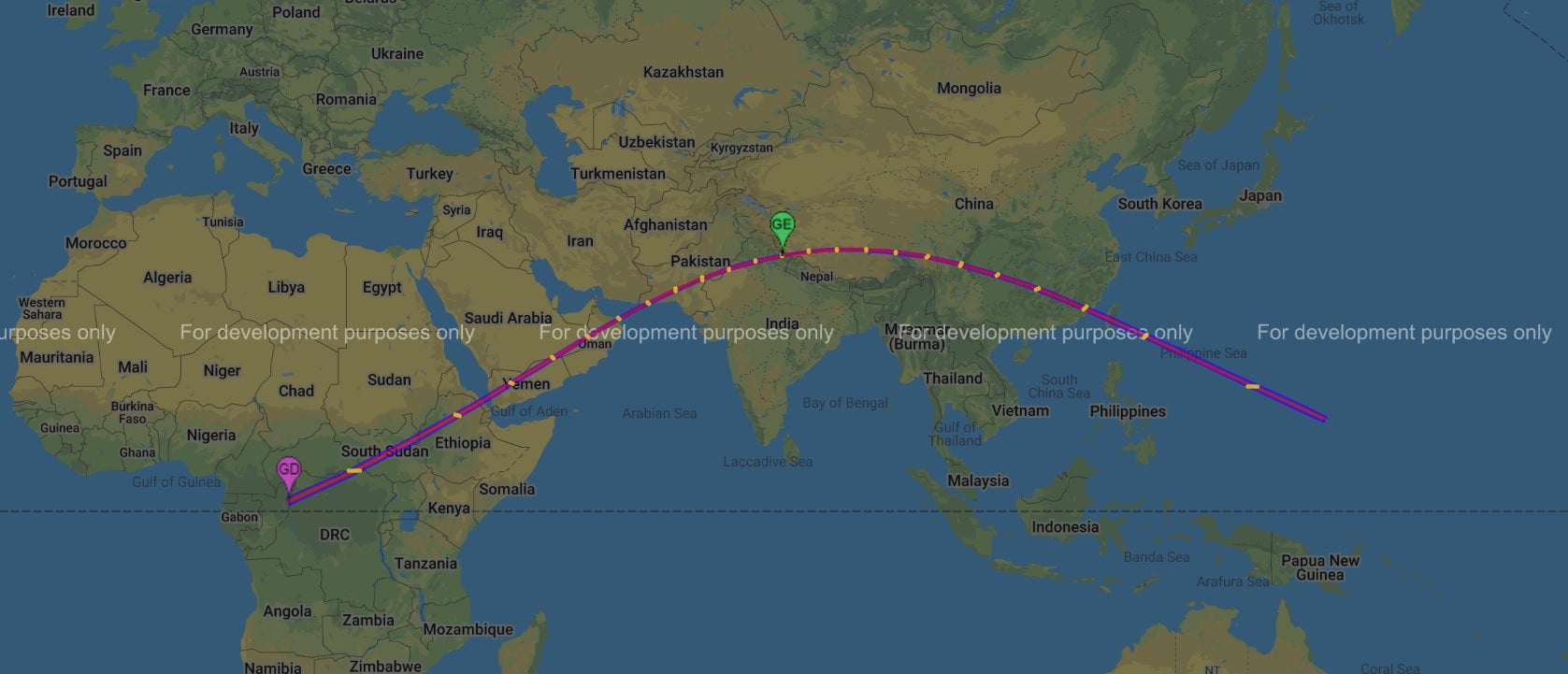Annular solar eclipse 2020: How to watch rare astronomical event live this weekend
Across large parts of the world on 21 June the sun will create a 'ring of fire' around the moon
Your support helps us to tell the story
From reproductive rights to climate change to Big Tech, The Independent is on the ground when the story is developing. Whether it's investigating the financials of Elon Musk's pro-Trump PAC or producing our latest documentary, 'The A Word', which shines a light on the American women fighting for reproductive rights, we know how important it is to parse out the facts from the messaging.
At such a critical moment in US history, we need reporters on the ground. Your donation allows us to keep sending journalists to speak to both sides of the story.
The Independent is trusted by Americans across the entire political spectrum. And unlike many other quality news outlets, we choose not to lock Americans out of our reporting and analysis with paywalls. We believe quality journalism should be available to everyone, paid for by those who can afford it.
Your support makes all the difference.A rare type of solar eclipse is taking place this week across large parts of the world, as the Sun, Moon and Earth align.
The total annular solar eclipse takes place when the moon is too far away in its orbit of the Earth to completely block out the sun, causing light to appear around the edges of the moon.
The name annular is derived from the Latin word for ring and the effect it creates has been referred to by astronomers as a “ring of fire”.
It takes several minutes for the moon to pass in front of the sun but the total eclipse lasts less than a second.
The path of the annular solar eclipse takes it across Africa, Central Asia and South East Asia on Sunday, 21 June.
Nasa has made a map of its trajectory, showing where the annular phase of the eclipse will be visible, weather permitting.

Millions more will be able to witness a partial solar eclipse, though unfortunately for sky gazers in the UK and US it will not be visible.
“You can be hundreds of miles from the theoretical point of Greatest Duration [magenta line on the map] and still enjoy annularity lasting within a fraction of a second of the maximum possible,” Nasa noted on its website.
“It’s much more important to watch the weather forecasts a day or two before the eclipse and choose a location with the best chance of a cloud-free sky during the eclipse.
“Good weather is the key to successful eclipse viewing – better to see a shorter eclipse from clear sky than a longer eclipse under clouds.”
A live stream of the eclipse will be broadcast by Timeanddate.com, allowing anyone to watch it no matter where they are in the world.
A second solar eclipse is set to take place on 14 December this year across South America, the Atlantic and Pacific Oceans, Antarctica and Africa.
It will be a total solar eclipse, meaning the moon will completely block out the sun and cast a shadow across the Earth.

Join our commenting forum
Join thought-provoking conversations, follow other Independent readers and see their replies
Comments